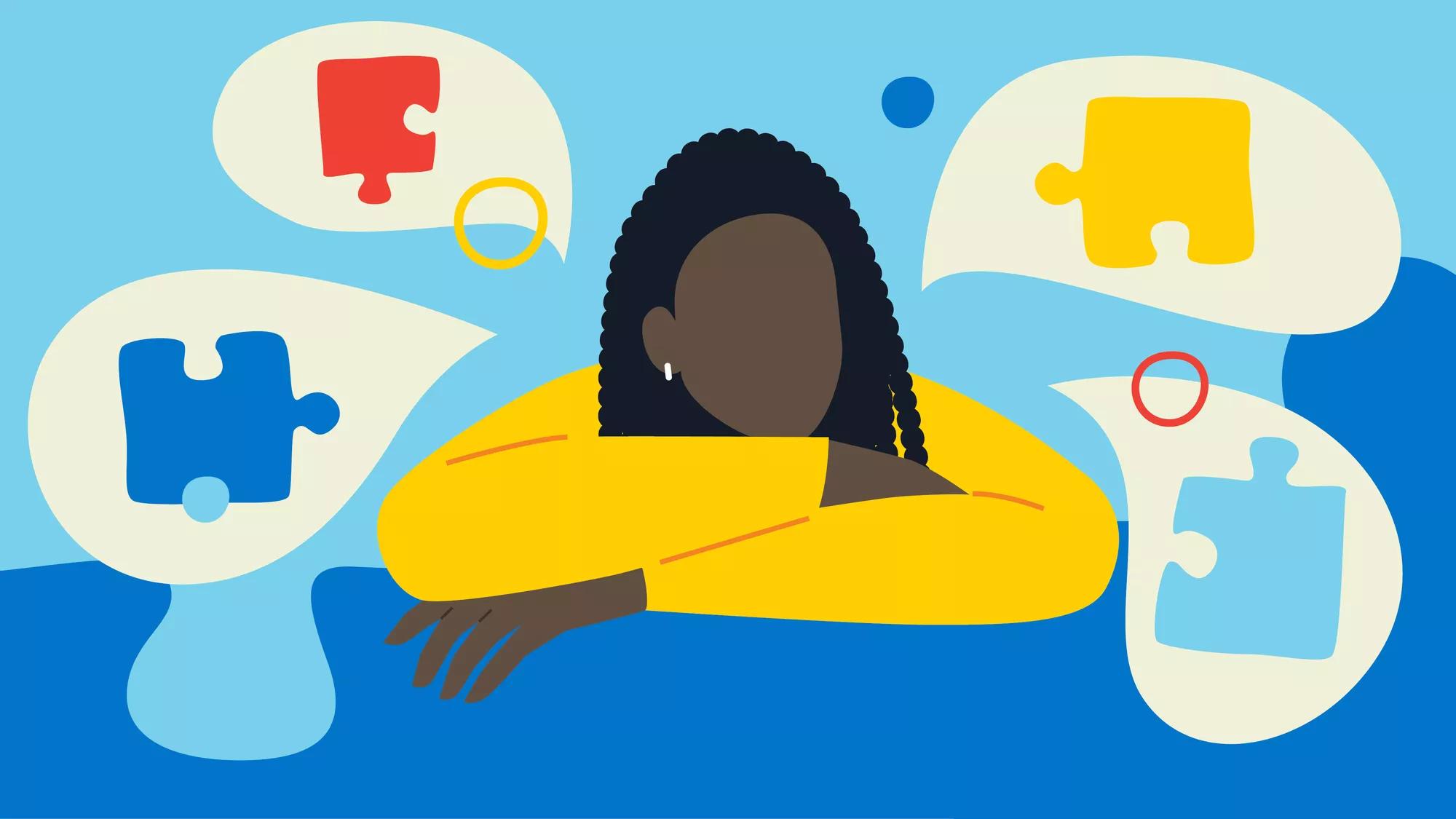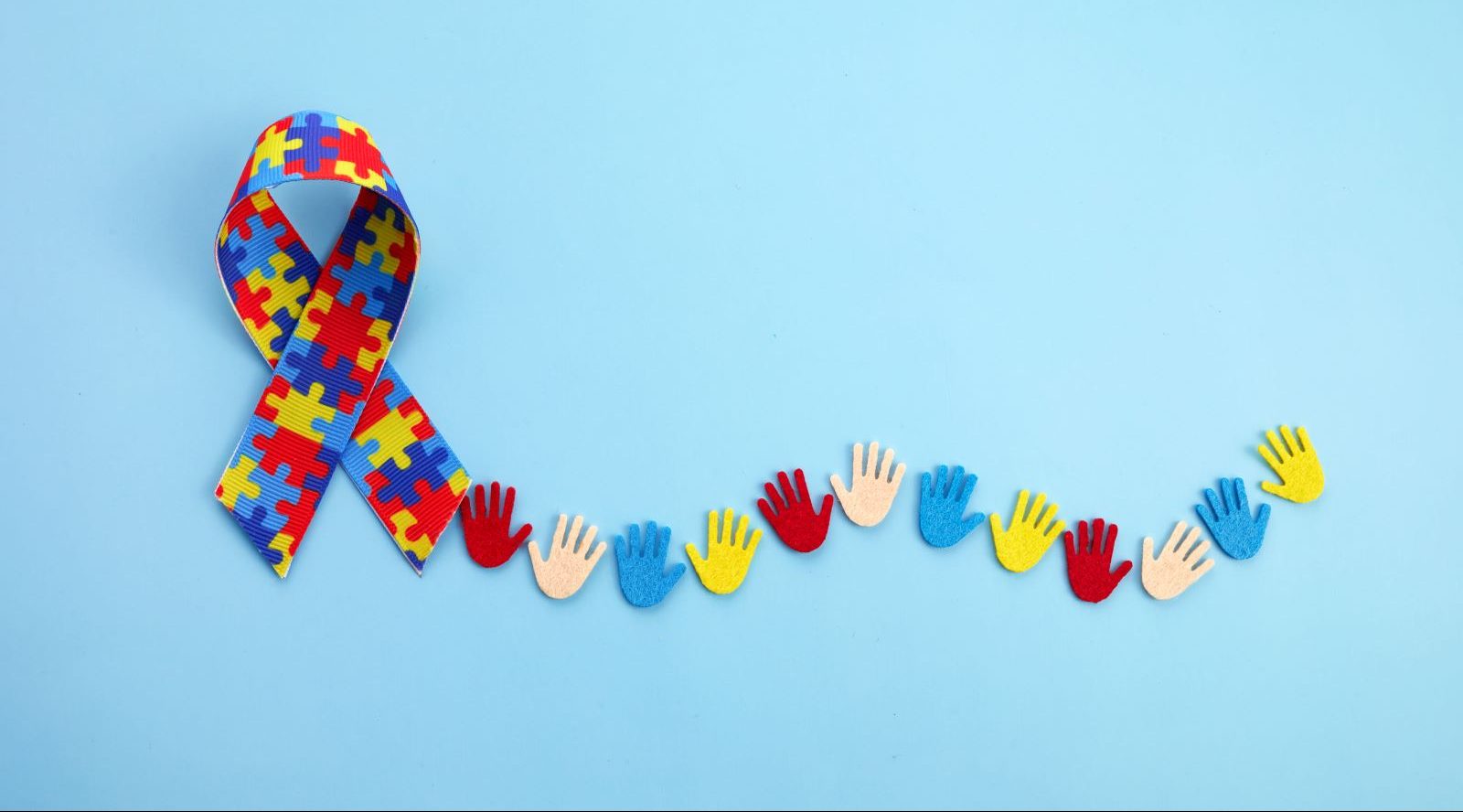Navigating Social Difficulties: Tips for Individuals Dealing With Autism
Navigating Social Difficulties: Tips for Individuals Dealing With Autism
Blog Article
Recognizing Autism: A Comprehensive Guide to Symptoms And Signs
Autism Range Problem (ASD) encompasses a broad variety of attributes that can dramatically impact an individual's social communications and day-to-day functioning. Understanding these nuances not only help caretakers and instructors in giving appropriate support yet likewise promotes an extra comprehensive atmosphere for people with ASD.
Summary of Autism Range Disorder
Defining Autism Spectrum Problem (ASD) involves acknowledging it as a complex neurodevelopmental problem characterized by an array of difficulties in social communication, communication, and behavioral patterns. The term "range" mirrors the vast variability in symptoms and their seriousness, which can vary dramatically from one individual to one more. ASD typically manifests in very early childhood years, although some people might not obtain a medical diagnosis up until later in life.
Aspects affecting the growth of ASD consist of environmental elements and genetic proneness, although the precise reasons continue to be under investigation. Medical diagnosis often depends on behavioral evaluations, as there are no definitive clinical tests for ASD. Early treatment is vital and can substantially improve end results, concentrating on boosting communication abilities, social interactions, and flexible habits.
Individuals with ASD might also exhibit special strengths, such as extraordinary attention to information or specific locations of competence. Understanding the complex nature of ASD is important for cultivating an inclusive environment that suits neurodiversity. Continued study is vital for establishing effective interventions and support group, enabling people with ASD to thrive and satisfy their prospective within culture.
Common Indications of Autism
Recognizing the typical indicators of Autism Spectrum Disorder (ASD) is crucial for very early identification and intervention. These indicators can vary commonly in intensity and presentation, however specific characteristics are often observed in people with ASD.
Among the most prevalent indicators is a significant difficulty in establishing and preserving eye contact. Individuals may additionally show minimal rate of interest in social communications and show a choice for singular play. Recurring behaviors, such as hand-flapping, rocking, or spinning objects, commonly arise early in childhood. Additionally, some children may develop strict routines and end up being distressed if these routines are interrupted.
Sensory level of sensitivities are additionally usual; people might overreact or underreact to sensory stimuli, such as sounds, appearances, or lights. autism. Language growth can be irregular, with some kids exhibiting delayed speech or making use of language in uncommon methods, including echolalia-- duplicating sentences or phrases heard elsewhere
It is necessary to note that not every individual with ASD will certainly present all these signs, and the level of these actions can differ considerably. Early recognition permits for prompt support and sources, improving the lifestyle for those on the range.
Social Interaction Challenges
Social interaction difficulties are a hallmark of these details Autism Spectrum Disorder (ASD), influencing an individual's capacity to engage effectively with others. These troubles can manifest in different means, including difficulties in launching and preserving discussions, comprehending social signs, and responding suitably in social interactions.
People with ASD may battle with nonverbal communication, such as eye call, faces, and body movement. This can result in misconceptions, as their communicative intent may not be appropriately interpreted by others. They might find it tough to grasp the nuances of tone and context, which are vital for effective communication.
In team setups, individuals with ASD may really feel overloaded and might not know exactly how to sign up with in discussions (autism). They might also display irregular conversational patterns, such as monologuing about particular passions without recognizing social reciprocity
Furthermore, these difficulties can cause social seclusion or difficulties in creating connections, as peers might misunderstand their actions or interaction style. Understanding these social communication difficulties is critical for fostering supportive settings that promote social skills development and improve the high quality of interactions for individuals on the autism spectrum.
Sensory Sensitivities and Actions
Numerous individuals with Autism Spectrum Condition (ASD) experience increased sensory sensitivities that can considerably affect their every day lives. These sensitivities may manifest as over-responsiveness or under-responsiveness to sensory stimulations, consisting of noises, lights, appearances, preferences, and smells. As an example, a person with ASD may locate day-to-day sounds, such as a vacuum cleanser or crowded settings, extremely stressful, causing stress and anxiety or crises. Conversely, some might show an indifference to pain or extreme temperature levels, which can posture safety and security worries.
Sensory processing distinctions in individuals with ASD can also impact their ability to participate in routine tasks and these details social interactions. A kid that is sensitive to touch might resist physical affection or stay clear of specific apparel materials. A preference for specific appearances or tastes can limit dietary alternatives and create difficulties throughout nourishments.
Recognizing these sensory sensitivities is necessary for identifying the unique experiences of individuals with ASD. Awareness of their sensory profiles can promote much better communication and support methods, producing a setting that suits their demands and boosts their lifestyle. Inevitably, recognizing sensory level of sensitivities is a crucial component of comprehending the broader spectrum of autism.

Sustaining People With Autism
Effective assistance for people with Autism Range Disorder (ASD) is important for boosting their overall well-being and fostering self-reliance. Assistance approaches should be tailored to satisfy the special demands of each person, considering their difficulties and staminas.

Social skills training can additionally play a critical role. autism. Involving people in team tasks or role-playing scenarios can enhance their capability to browse social communications. In addition, it is necessary to enlighten member of the family, caretakers, and peers concerning ASD to promote a encouraging and inclusive community
Conclusion
By cultivating enhanced interaction and social skills, individuals with autism can browse their settings extra successfully. Inevitably, enhanced recognition and assistance can significantly boost the quality of life for those affected by ASD.
Autism Spectrum Condition (ASD) includes a broad variety of characteristics that can considerably influence a person's social communications and day-to-day performance.People with ASD may struggle with nonverbal communication, such as eye contact, face expressions, and body language.Several people with Autism Spectrum Disorder (ASD) experience increased sensory sensitivities that can dramatically influence their everyday lives.Sensory handling differences in people with ASD can additionally impact their ability to engage in routine tasks and social Continue communications.Recognizing these sensory level of sensitivities is vital for acknowledging the distinct experiences of people with ASD.
Report this page